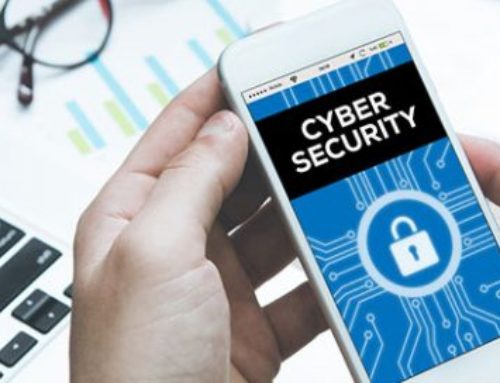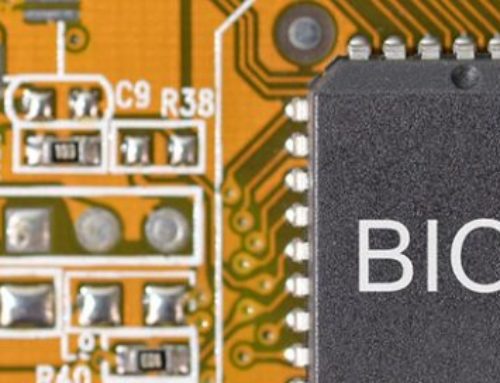At a time when cyberattacks are more sophisticated than ever, data security and privacy should be every small-business owner’s top priority. The good news is you don’t have to be a tech wizard to make it happen. Here are some practical ways to shield your company from hackers.
Cover your webcam
If Facebook founder Mark Zuckerberg, former FBI Director James Comey, and National Security Agency whistleblower Edward Snowden all believe their webcams could be compromised, there’s no reason you should feel safe. This is because cybercriminals can use your webcam to spy on you.
They can examine your surroundings, determine your location, and spy on the people you’re with. The attackers can record intimate and vulnerable moments and use these to blackmail you.
Fortunately, guarding yourself against this danger is easy. Covering your webcam should do the trick. You can use regular tape or you can purchase a cheap webcam cover online. Check as well if your webcam has a dedicated kill switch, as this disables the hardware, making it impossible for cybercriminals to spy on you.
Use a privacy shield
Also known as a privacy guard, screen, and filter, a privacy shield is a thin transparent sheet you apply on your computer, laptop, or smartphone screen to limit viewing angles. Once installed, anyone trying to look at your screen from anywhere — except straight on — will see nothing.
Privacy filters are commonly used to protect work devices that display or contain critical files with sensitive data or confidential information. However, work and personal devices are both vulnerable to “shoulder surfing,” the act of peeking at someone else’s screen, with or without ill intent. This is why it’s ideal to use protectors on all the devices you and your staff use.
Get a physical/biometric authentication key
Requiring more than one set of credentials to access sensitive resources has become the standard practice for established websites and applications. With multifactor authentication (MFA) in place, you can gain access to your account only after you’ve entered an authentication code.
Before, two-factor authentication relied mostly on text messages sent to mobile phones. But IT experts now discourage the use of SMS authentication because of the following reasons:
- Text messages aren’t encrypted (i.e., these can be seen in plain text), and can be intercepted in man-in-the-middle attacks.
- Text message notifications may display one-time pins (OTPs) that can be seen by unintended viewers.
- Cybercriminals may redirect text messages to their own devices.
- OTPs can be stolen via SIM swapping.
- Users can be tricked into entering OTPs in a fraudulent login page.
If you’re looking for authentication services that can’t be easily neutralized, try a hardware key like a USB or Bluetooth key that you can always carry around. You can also use biometrics such as a fingerprint, retina, or facial scan. It’s difficult to copy a person’s fingerprint or facial features, making it a secure authentication method.
If you need help setting up two-factor authentication or IT security services, contact our experts. We’ll help you get peace of mind from knowing that your business IT is in good hands.






